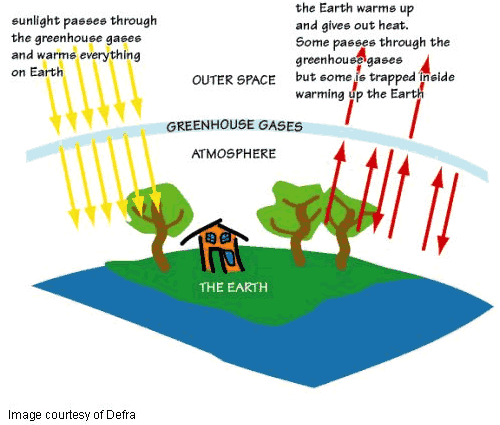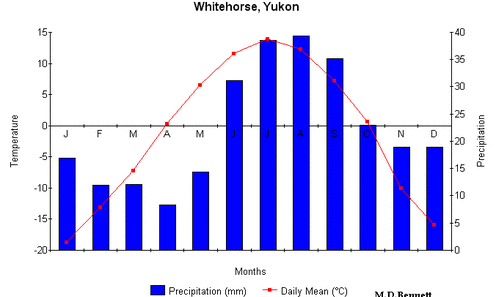Cuba, an enchanting island nestled in the warm embrace of the Caribbean Sea, boasts a climate that mirrors its vibrant culture—rich, varied, and sometimes unpredictable. With its tropical milieu, the country experiences an exquisite tapestry of weather patterns, offering both delights and challenges for its inhabitants and visitors alike. Understanding Cuba’s climate is essential for anyone contemplating a journey to this singular land, where sunny beaches contrast against dramatic thunderstorms, and balmy breezes intertwine with humidity’s warm caress.
In essence, Cuba’s climate can be classified as tropical, characterized by two distinct seasons: the dry season and the rainy season. The dry season typically stretches from November to April, attracting tourists from around the globe who seek solace from the harsher winters of their home countries. During these months, the sun reigns supreme, draping the island in a golden hue. Average temperatures hover around a comfortable 75°F to 80°F (24°C to 27°C), inviting sun-seekers to lounge on the pristine beaches of Varadero or explore the lively streets of Havana.
Conversely, the rainy season, which begins in May and lasts until October, unfurls like a character in a gripping novel—full of surprises and intrigue. This period sees an uptick in precipitation, with July and August typically being the wettest months. Rain in Cuba often appears in torrential bursts, transforming the skies into a dramatic canvas of dark clouds that can clear as swiftly as they appear, leaving behind a refreshed earth. The accompanying humidity can feel thick, enveloping the island in a warmer embrace that may surprise those unfamiliar with tropical climates. Visitors should come prepared for sudden showers, which can be as refreshing as they are inconvenient.
The unique geographical constitution of Cuba also contributes to its climate’s multifaceted nature. The island’s topography features majestic mountain ranges, vast plains, and a sprawling coastline, creating microclimates that differ amidst its regions. The Sierra Maestra mountains, gripping the southeastern part of the island, capture moisture-laden winds that cascade down their slopes, eliciting a lush landscape teeming with biodiversity. The areas around the mountains may experience cooler temperatures and increased rainfall compared to the coastal regions, where the climate tends to be more stable and tropical.
Additionally, Cuba’s proximity to the Gulf Stream influences its climate considerably. This powerful ocean current brings warmth and moisture to the island, bestowing its ecosystems with vitality. The warm waters of the Gulf Stream encourage a rich marine environment that has been pivotal for Cuba’s economy, supporting fishing and tourism alike. Snorkelers and divers revel in the vibrant coral reefs that line the coast, showcasing a dazzling array of aquatic life amid tranquil azure waters.
It is essential to consider the phenomenon of hurricanes when assessing Cuba’s climatic conditions. The hurricane season, spanning from June to November, is a time when the island may experience the formidable forces of nature. Frequently, hurricanes form in the warm waters of the Caribbean, occasionally veering toward Cuba’s shores. The destruction wrought by such storms can be severe, disrupting life and infrastructure. However, Cuba has a resilient spirit and a storied history of recovery, showcasing the tenacity of its people as they rebuild and adapt to the whims of nature.
Beyond mere weather patterns, the climate in Cuba appeals not only to visitors seeking leisure and adventure but also to scientists, conservationists, and environmental advocates. The island’s biodiversity is imperative, housing numerous endemic species that flourish in its unique ecosystems. The preservation of these ecosystems is crucial, necessitating ongoing efforts to address the challenges posed by climate change, deforestation, and pollution. Eco-tourism emerges as a beacon of hope, promoting practices that respect both the environment and the local communities that depend on it.
For those fortunate enough to traverse Cuba, the interplay of climate is a constant companion. The culture reflects this reality, as Cubans adapt their daily lives around the rhythm of the seasons. Traditional practices, such as the cultivation of sugar cane and tobacco, are intimately tied to the climatic conditions, underscoring the symbiotic relationship between the land and its people. Festivals and celebrations, often held outdoors, harmonize with the weather, inviting locals and visitors alike to partake in the vivacity of life under the sun or the refreshing respite offered by a cool rain.
Such a combination of natural beauty and cultural richness offers an alluring tableau for those keen on exploration. The sunsets, drenched in hues of crimson and tangerine, serve as poetic reminders of the day’s end—an enchanting yet fleeting moment often shared among strangers, igniting connections against the backdrop of a breathtaking sky. The balmy nights, accompanied by the melodies of distant music wafting through the air, draw individuals into the rhythm of Cuban life, where long evenings are marked by lively conversation and the clinking of glasses filled with locally produced rum.
In conclusion, Cuba’s climate is a living, breathing entity that oscillates between the vibrant joys of tropical warmth and the stark realities of nature’s unpredictable temperament. It is a realm where seasonal surprises are commonplace, bringing forth an ever-changing landscape that captivates the heart. As the island continues to navigate the complexities of climate change and environmental preservation, it remains vital for both its residents and visitors to foster an understanding of this delicate balance. In nurturing an appreciation for Cuba’s climate, one can truly embrace the soulful essence of this magnificent island, recognizing it as a pivotal cornerstone of its allure and identity.






